Locating Late Summer Smallmouth Bass
Arguably the strongest pound-for-pound freshwater fish in America, smallmouth bass are a bass anglers’ favorite. But in late summer smallmouth bass seem to vacate a lake or river altogether.
FLW Tour professional angler Cody Kelley has a record of finding smallmouth bass all season and uses springs history to locate them during the heat of summer.
“
I study maps or find fishing reports to find where smallmouth bass spawn and begin my search there.
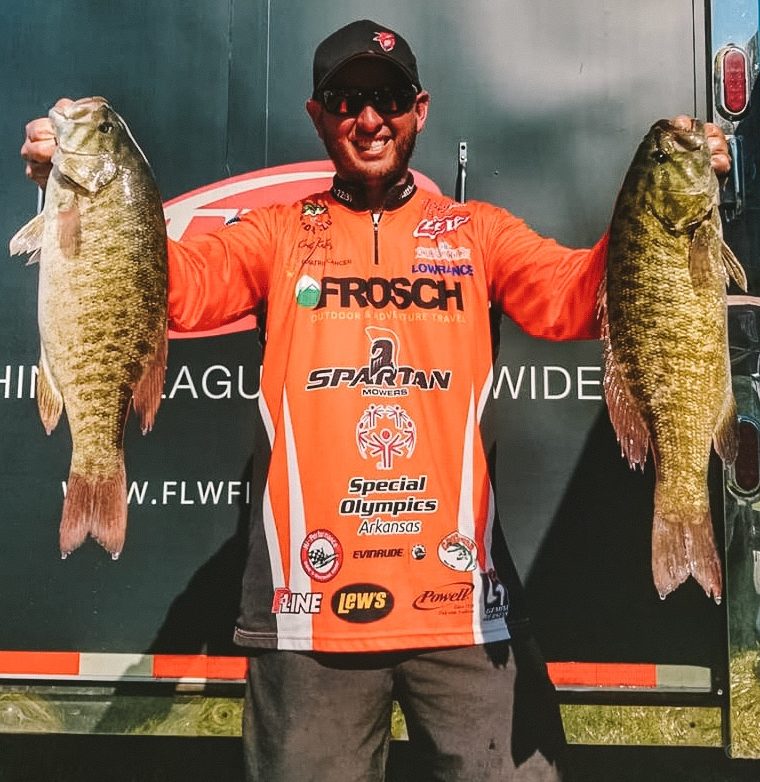
Kelley thinks about the spawn to locate late summer smallmouth bass. Yes, the spawn. “I study maps or find fishing reports to find where smallmouth bass spawn and begin my search there,” confesses Kelley. “This is where I begin my search, not necessarily where I catch them.” He explains, “This is where a big number of fish came from and my search radiates from there.”
Finding Summer Smallmouth Bass
Kelley emphasizes that while smallmouth may spawn in dozens of areas on a lake or river, he focuses on the biggest spawning areas the fishery offers.
His search begins when he turns on his Lowrance electronics. “I go straight out from the spawning area watching my graph for structure,” Kelley said. “Don’t be afraid of electronics! The defaults settings on Lowrance electronics are sufficient to see all the detail you need.”
Trust Your Electronics
Before making a single cast, Kelley spends 20-30 minutes idling. “I will zig zag the boat looking for any kind of structure. Rocks are obvious, but it doesn’t have to be rocks. It can be anything.” Having quality electronics is a must, “You have to trust your electronics, and I know my Lowrance graphs are dead-on accurate.” Only after finding a handful of targets, he puts his trolling motor in the water and begins fishing for them.
Depth is a relative term, so Kelley employs some math for a starting point. “Summer fish are often found in depths 3-times deeper than they typically spawn.” In dark water, that can be 10-12 feet deep and then exceed 30 feet in clear water.
Two Baits to Catch Summer Smallmouth Bass
Ned Rig
“Smallmouth are largely sight feeders,” Kelley claims, “and a ned rig is hard to beat. I use a Bruiser Bait McMinnow with a 1/8-ounce Bruiser Ned Head. The light weight makes a slow fall, which is what I want. It gives the fish more time to be see it.” He sticks with this size weight even in water as deep as 30 feet.
When probing water less than 10, he will drop down to 1/16-ounce. “I keep color choices simple – browns and crayfish colors.” Light line is a must for him, “I use 6-pound P-Line Tactical Fluorocarbon as a leader and attach it to 15-pound P-Line braid.”
Swimbait
“My second choice is a 3-inch Super Swimmer Jr. by Buiser Baits.” As a fishing guide on highland reservoirs in his home state of Arkansas, Kelley relies heavily on the swimbait to catch a number of fish for his clients. “This bait can be thrown in shallow and deep water. It’s also user-friendly as it only requires a steady retrieve.”
For both baits, he uses a Powell 721 L Endurance Spinning Rod with a Lew’s Custom Pro 2000 series reel.
Shallow Water Smallmouth Bass
Conventional wisdom says smallmouth inhabit deep water during the late summer, but the 5-year FLW Tour veteran warns against stubbornness. “In late July for a high school tournament on Kentucky Lake, the water was 87-degrees and we caught a bunch of smallmouths in just 1-2 feet of water!” He asserts this is not uncommon.
”
Never be afraid to go shallow. If I can’t find active fish in deeper water, or for whatever reason it is not producing, I check out the shallows.
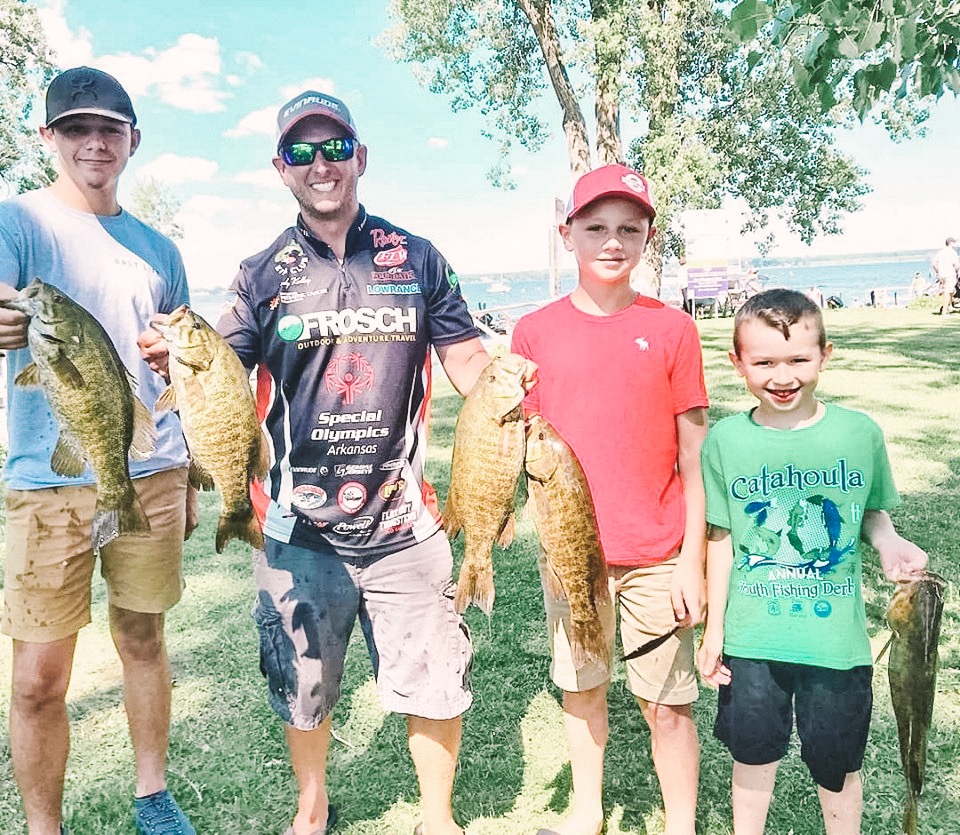
“Never be afraid to go shallow. If I can’t find active fish in deeper water, or for whatever reason it is not producing, I check out the shallows. Smallmouth will come in and out of the 5-10 feet of water all summer chasing bait fish or crayfish. Sometimes a stiff wind will bring them up too.”
There is no need to wait until the fall to catch big bronzebacks. After protecting your boat with Megaware products, apply the tips from Cody Kelley and hold on tight!

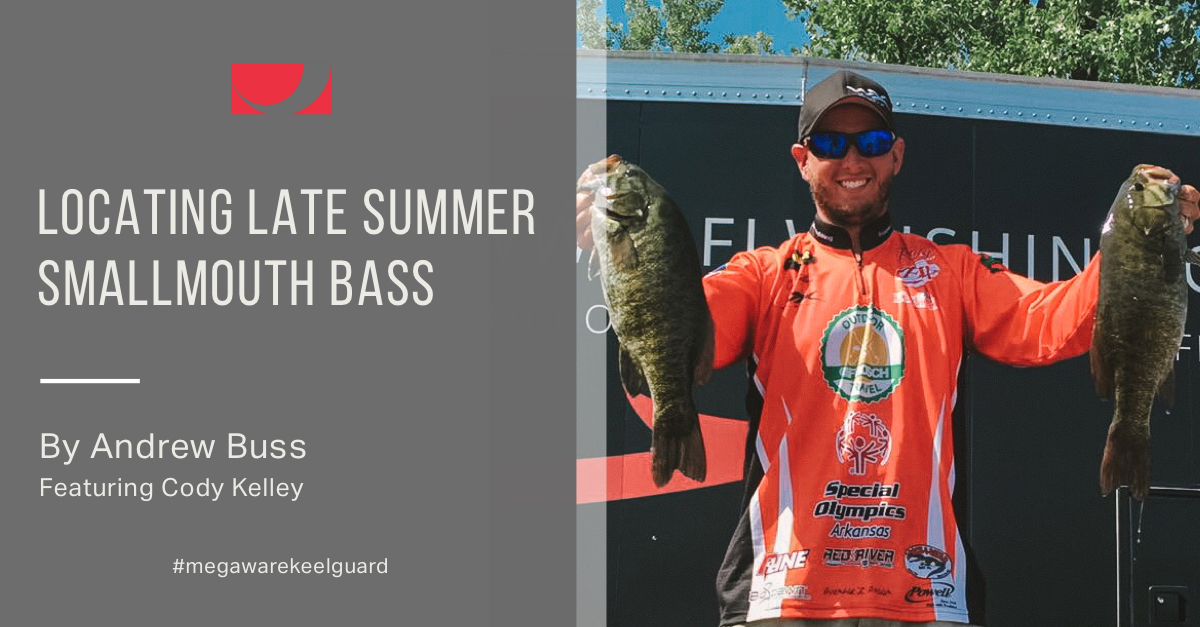
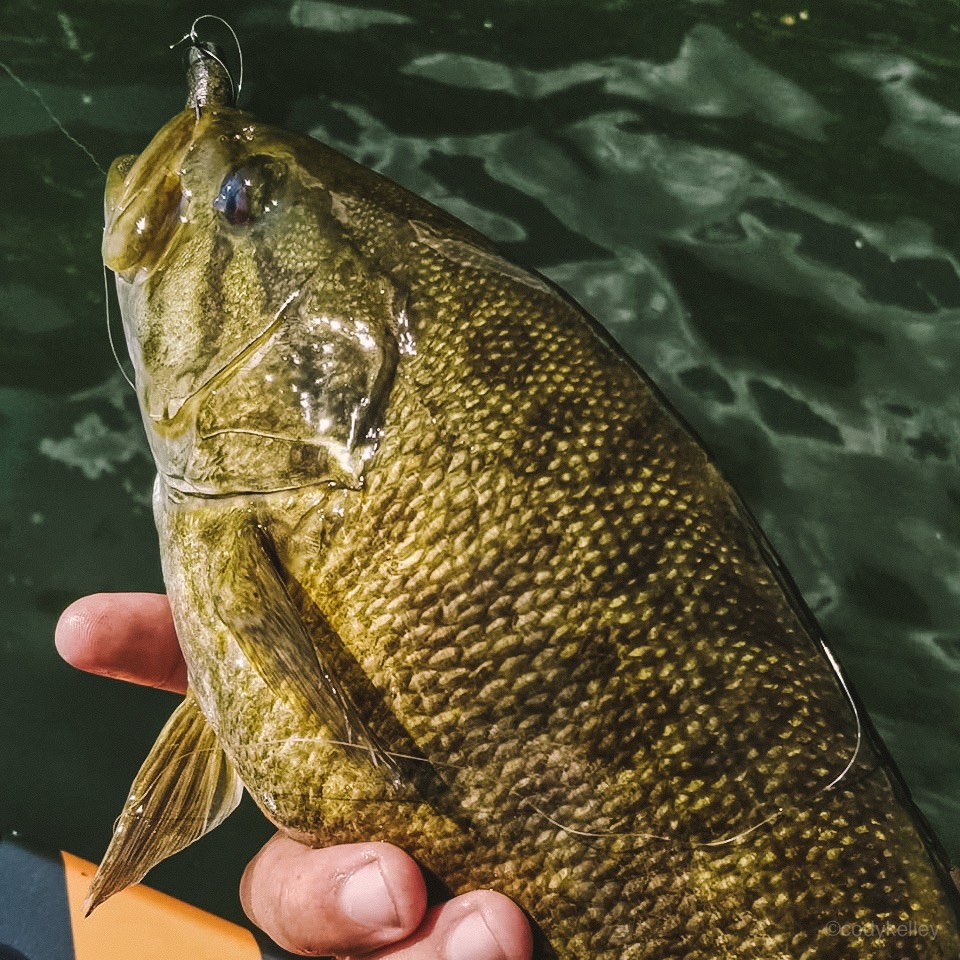
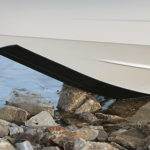
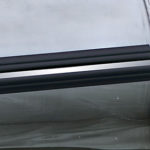
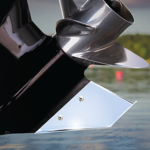

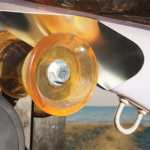
Comments